How H & M tries to save itself with AI and Big Data
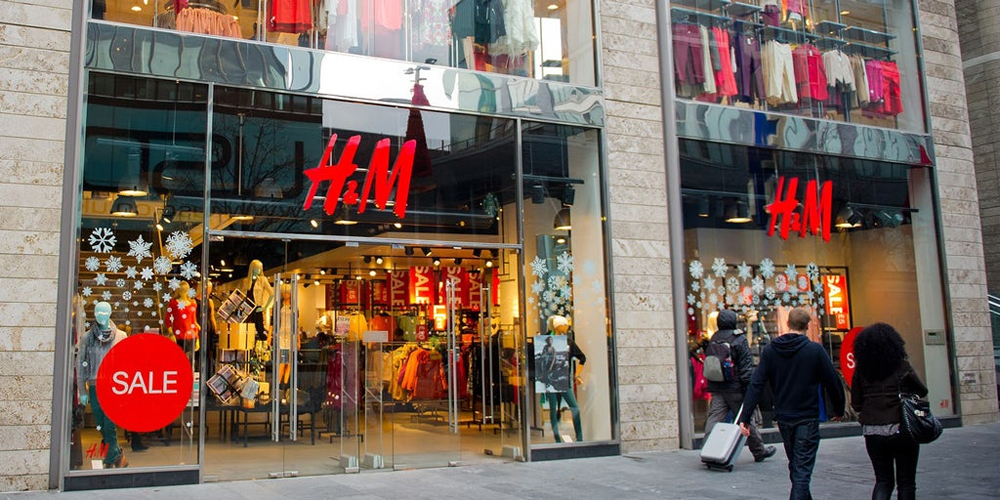
The most successful clothing retailer in the past has turned to AI for help in getting buyers back. And get out of the biggest drop in sales in its history. H & M has developed a self-learning system, which, analyzing sales and recent trends, predicts what things are worth selling in each of its 4,288 stores. Algorithms have already passed the test in Sweden, miraculously allowing to remove 40% of the goods from the boutiques, while not reducing sales. But the company has far more ambitious plans for it. Artificial intelligence will have to sweat.
Hennes & Mauritz, one of the oldest (71 years old!) And most successful retailers in the world, decided on a major reorganization. A few months ago, she began using big data processing technology using AI to pinpoint her stores — instead of distributing the same set of standard products to them, which was common practice in all large networks before.
The reason is a critical need to change business practices. H & M is the first network of its type in the world in the number of stores (4288 versus 2127 for Zara and 1301 for GAP). It is also the world's first offline clothing retailer in terms of brand value (No. 36 on the Forbes list , Zara's No. 51). Nevertheless, H & M profits have been falling for ten quarters in a row. At this rate, sooner or later, the company may enter a loss from which it will no longer be able to get out.

The problems are very deep. People buy more and more goods on Amazon and in other online stores, and H & M has switched to this direction too late, hoping that its customers will always give preference to boutiques for their “atmosphere”. Such a hope did not materialize. Now the store has to arrange regular price cuts by 70%, below cost, in an attempt to clear its shelves and warehouses of unsold goods by $ 4 billion. And the company's shares over the past three years have fallen by 56%.
What can help you sell clothes for the extra $ 4 billion a year? The company thinks it will be an AI.
Now H & M, like all other offline stores, relies on a team of managers and designers who are trying to predict what will be of interest to customers when distributing goods. Obviously, given that 20-30% of things go to scrap, this strategy is ineffective. In May, the company announced that from now on, instead of people, self-learning algorithms will be engaged in this work. Their preliminary launch (with human supervision, and only in Stockholm) has already allowed to reduce 40% of commodity items (SKU) - without a drop in sales.
The numbers seem incredible, hard to believe. How can I remove more than a third of the goods, and not lose anything? In fact, as the company says, this was achieved by removing almost all male products from the shelves. In their place was added dishes - and exclusive, expensive items, like leather bags for $ 118 and cashmere sweaters for $ 107 - and all this is next to T-shirts for $ 6 and shorts for $ 12. Somehow, mysterious and for managers of H & M, and for retail experts, such a placement of goods turned out to be incredibly successful. The number of things gathering dust in warehouses has been halved.
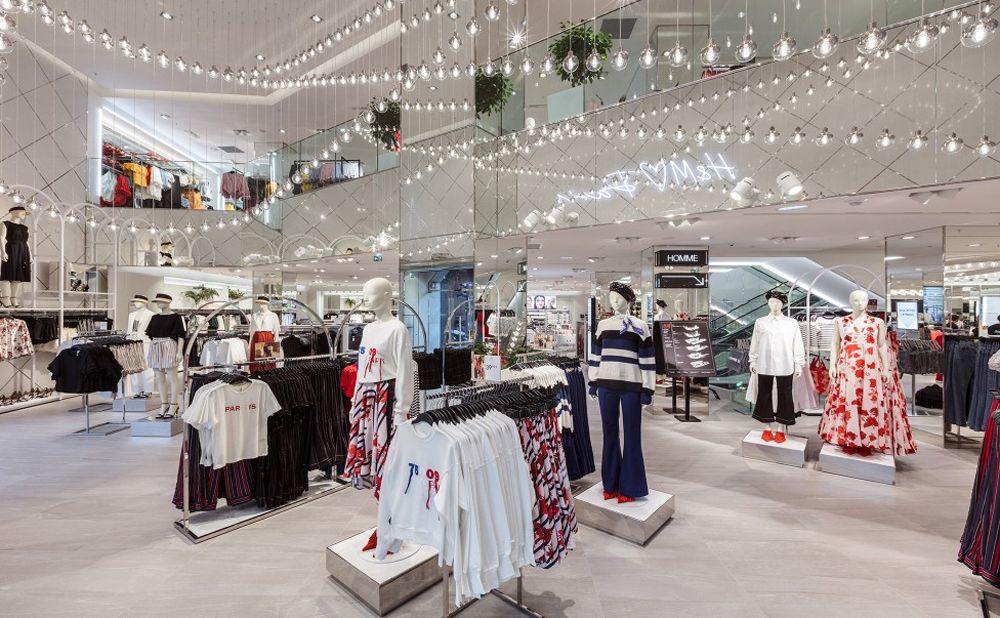
H & M Store in Sweden
')
Now this technology is at full capacity. Algorithms will analyze receipts, returns, demand for goods, loyalty data, and automatically reconcile supply and demand to remove markdowns. And if earlier it was not possible to do this for each specific store out of 4288, and most of them used the same goods, computer intelligence will allow you to select your own line for each specific boutique. Up to the number of models that are needed there on a certain day of the week.
However, financial analysts believe that even such a move will not allow Hennes & Mauritz to get out of the impasse in which she now finds herself. One of the managers at Skandia Investment, who this year has reduced his position at H & M from 10% to 2%, says:
Yes, if you do not have the right product in the right place, you are now very vulnerable - the person will simply search for the product of interest to him, and forget about you. But we need to see if their new system can justify itself. Shopping online is still more convenient than the most customized boutique.
Experts say that this technology, which runs H & M, in offline retail before no one has tested. And if AI goes "not there", or if buyers do not accept the new range, the company can easily be on the verge of bankruptcy. Louis Dodero, head of Boston Consulting, says that “Most firms are still only learning to make decisions based on any kind of analytics. The priority is always the personal experience of the manager. But can robots understand other people better than humans themselves? ”
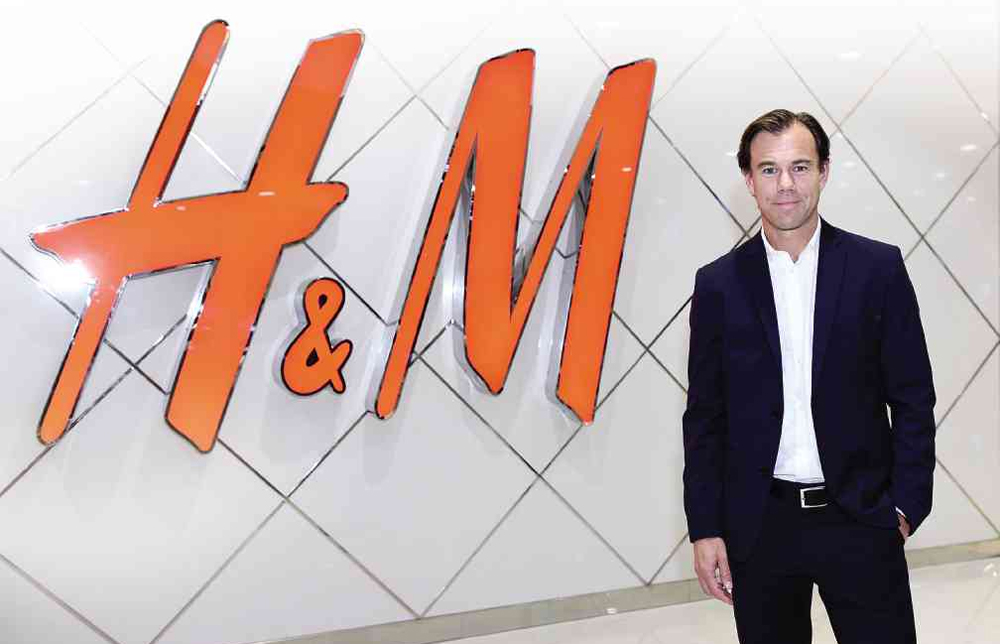
CEO of the company, billionaire Karl-Johan Persson, grandson of the founder of H & M
Correctly “set up” each store is a monstrous task for a firm of the H & M level. At all 4288 points, AI-Commodity Studies will most likely appear only by the end of next year. So far, the experiment is concentrated in Stockholm. The company is shocked by how boutique managers actually did not know what their customers wanted. As a rule, standard sets of T-shirts / shorts / shirts / pants for women, children and men were ordered from warehouses in order to “secure” themselves on all fronts. At best, managers watched those goods that are popular inside their boutique. But they didn’t even try to figure out what could be successful in this particular area, and what products lead to store returns and additional purchases.
Three major breakthroughs (according to H & M)
1. Clever storage
Previously - no one could process all the data from all the boutiques in each of the categories. Therefore, they were grouped by districts or cities. The entire range at each store district was identical.
Now - AI algorithms analyze the sales history for each product in each store, look at online trends, and predict, up to a specific figure, how many pairs of shoes and clothes will be needed at a particular point. It turns out "especially men" or "especially women" shops, high-end boutiques and points where only cheap things are sold.
2. The relevance of the goods
Previously, the managers in the store observed an increase in demand for some product. Ordered additional batches. While they arrived, the demand could have already subsided (or it could be a fake signal).
Now - the system compares the current data with one of its slave patterns in annual orders, so that in two or three weeks earlier it can be ordered to “stock up” with certain things.
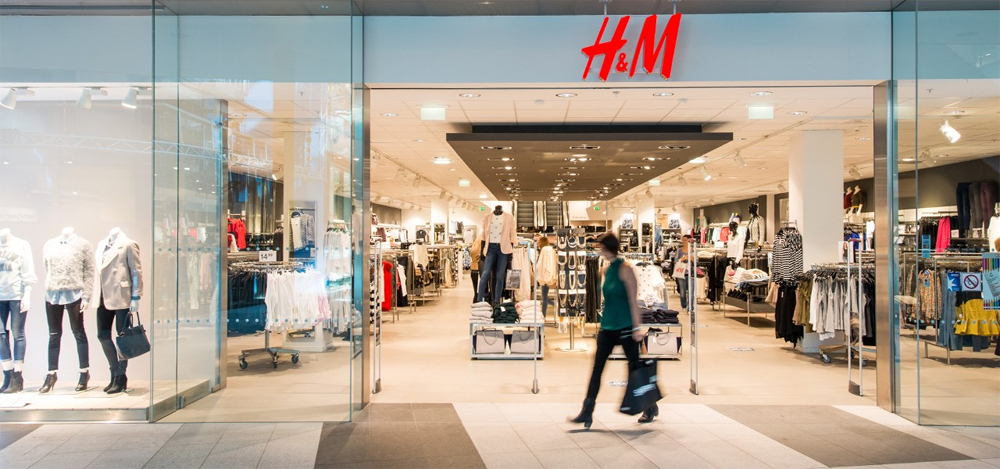
3. Price setting
In the past, prices, as a rule, were raised head-on by a certain percentage of the cost price, each for its own category of goods. Also in the H & M offline stores, merchandisers ruled the ball, indicating, by their preferences, which items should be discounted, and which ones would be sold at a higher price than usual.
Now - the algorithms elastically calculate the prices of each product, taking into account such constantly changing factors as currency rates, taxes, prices of competitors, the balance of goods in a warehouse, the activity of buyers and their preferences.
For the future
Daniel Clesson, head of business development at H & M, said that their self-learning system at this stage is already able to draw information not only from the company's internal data, but also from the “outside world”. This allows her to predict fashion trends. Previously, the company's specialists had to go to the podiums and presentations, track articles in fashion stores. Now the system analyzes blog posts, search queries and data from social networks. She uses machine learning and elements of natural language processing , and also can recognize photos, looking for, for example, what celebrities now walk in. Together, this allows AI not only to adequately assess the current market, but also to give predictions for the next three to eight months. The algorithms with high accuracy know that in half a year they will, for the most part, want to buy people who have seen enough of today's news.
At this stage, a department of about two hundred experts — data processors, analysts, and engineers — helps the real world in the self-learning system. Separately, they see how it will manifest itself when “traveling into the past.” Algorithms are “fed” information for 2017 (5 billion visits to stores and the site, as well as news and fashion photos). And analyze what decisions the system would have made differently.
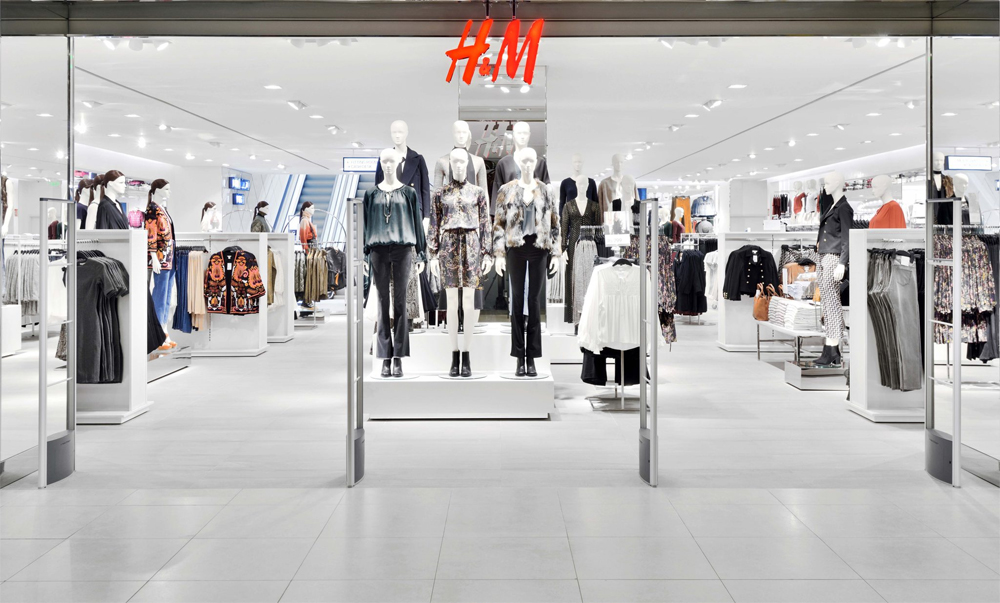
So far, experts from Hennes & Mauritz do not quite trust the car. Therefore, the "predictions" first pass through the fashion department of H & M - as clues in which direction it is worth looking now. A funny case when testing happened last year. Algorithms have shown that H & M should start promoting sweaters with Santa's deer ... in January. The whole assembly was called, and the company's leaders decided that there was clearly a mistake. The system was edited to indicate a week before Christmas (December 25). Whether this was a mistake, or an inexplicable desire to buy a sweater with a deer a couple of weeks after the holidays arises from somewhere - we will never know.
Hennes & Mauritz does not go all in for one this new technology. At the same time, she is trying to develop her online offers. At an event for investors in October, company executives said that sales at their offline stores will continue to decline, this is inevitable. AI with Big Data will allow you to slow down this trend, reduce the cost of markdowns and more efficiently use space in warehouses.
The network will slow down its physical expansion, opening 390 stores and closing 170. And will try to enter new markets, such as Uruguay and Ukraine. But the main hopes, like all “old” retailers, are for the growth of their own online sales. The company expects that over the next year in this area it will be able to add at least 25%. Otherwise, no AI will not save.
PS The entire range of H & M is sold to them in the American online store . Prices are very low there (we always first go to HM.com and 6PM.com, because of the constant big discounts) to buy clothes / shoes. Pochtoy.com is able to deliver goods to Russia. From $ 8.99 per pound. Attentive readers get a 7% discount after registering with the HABR code.

Source: https://habr.com/ru/post/428509/
All Articles